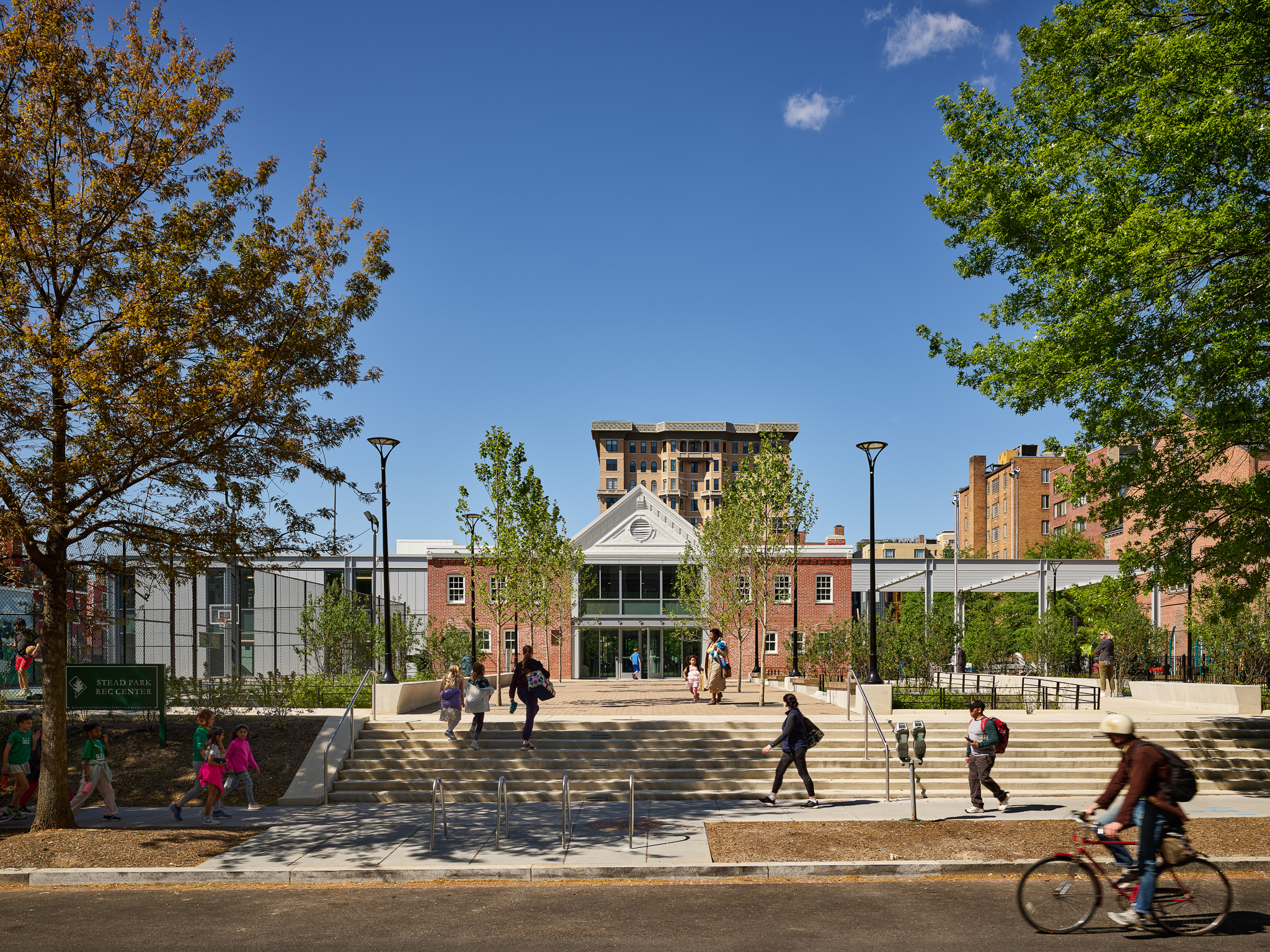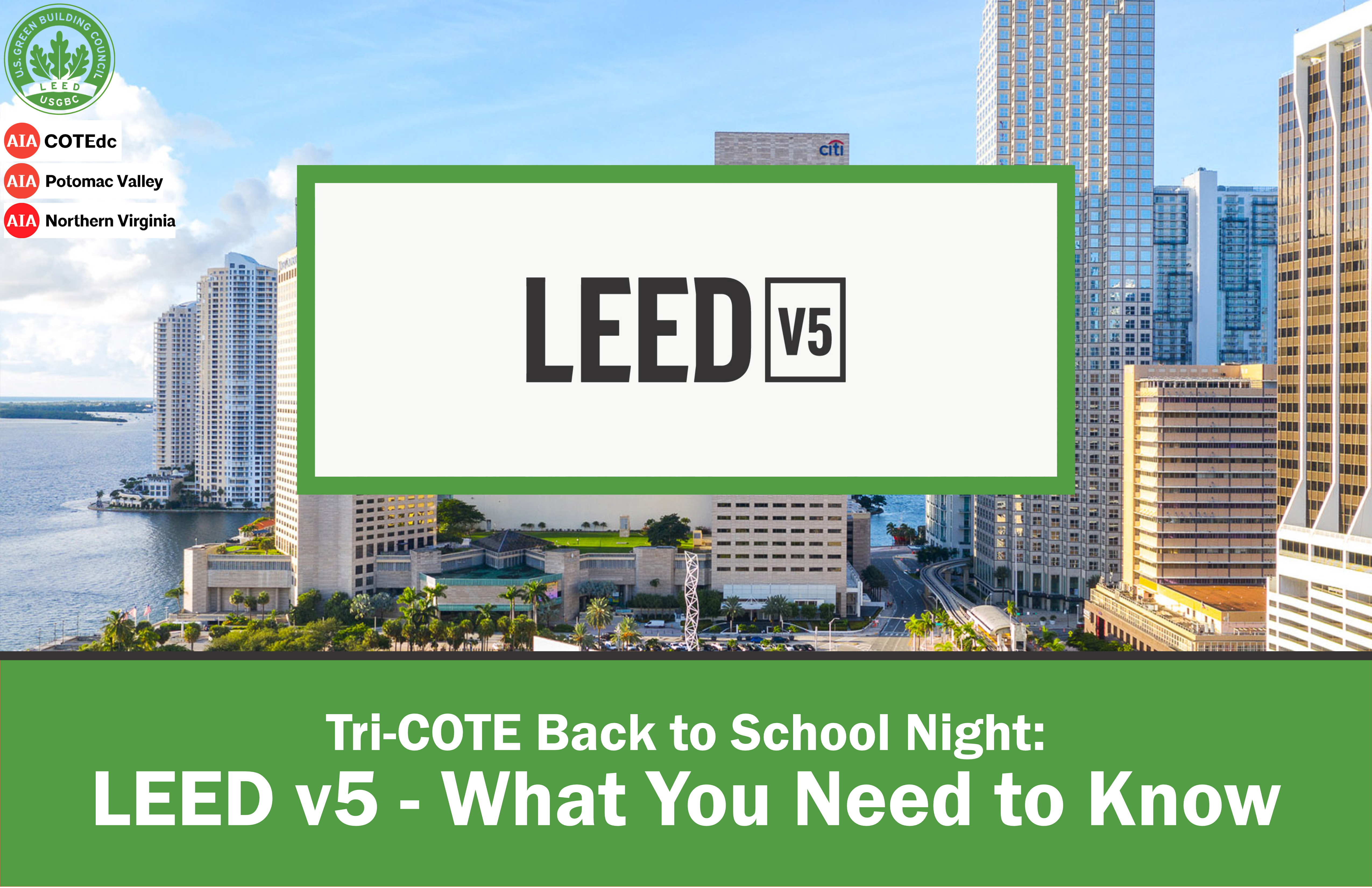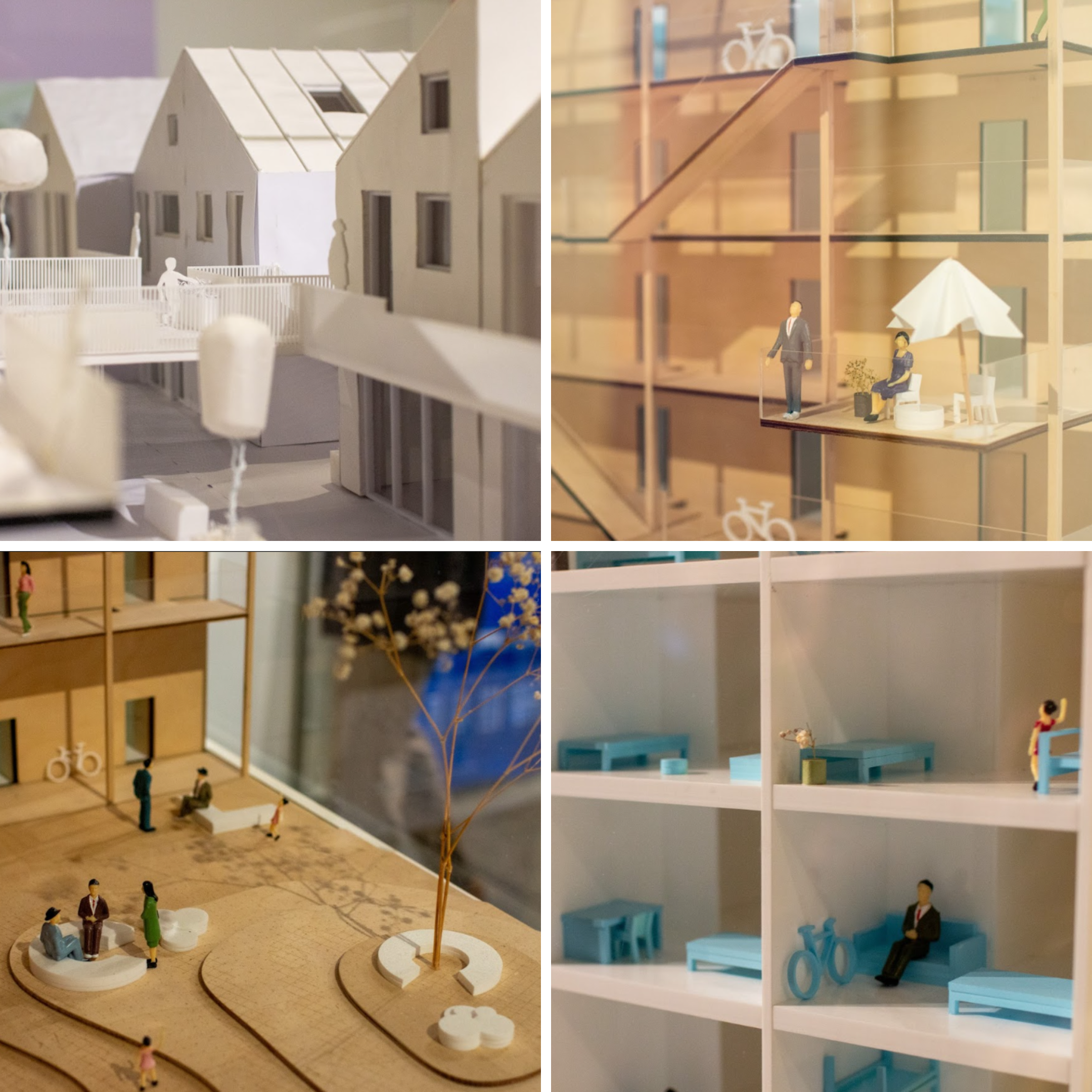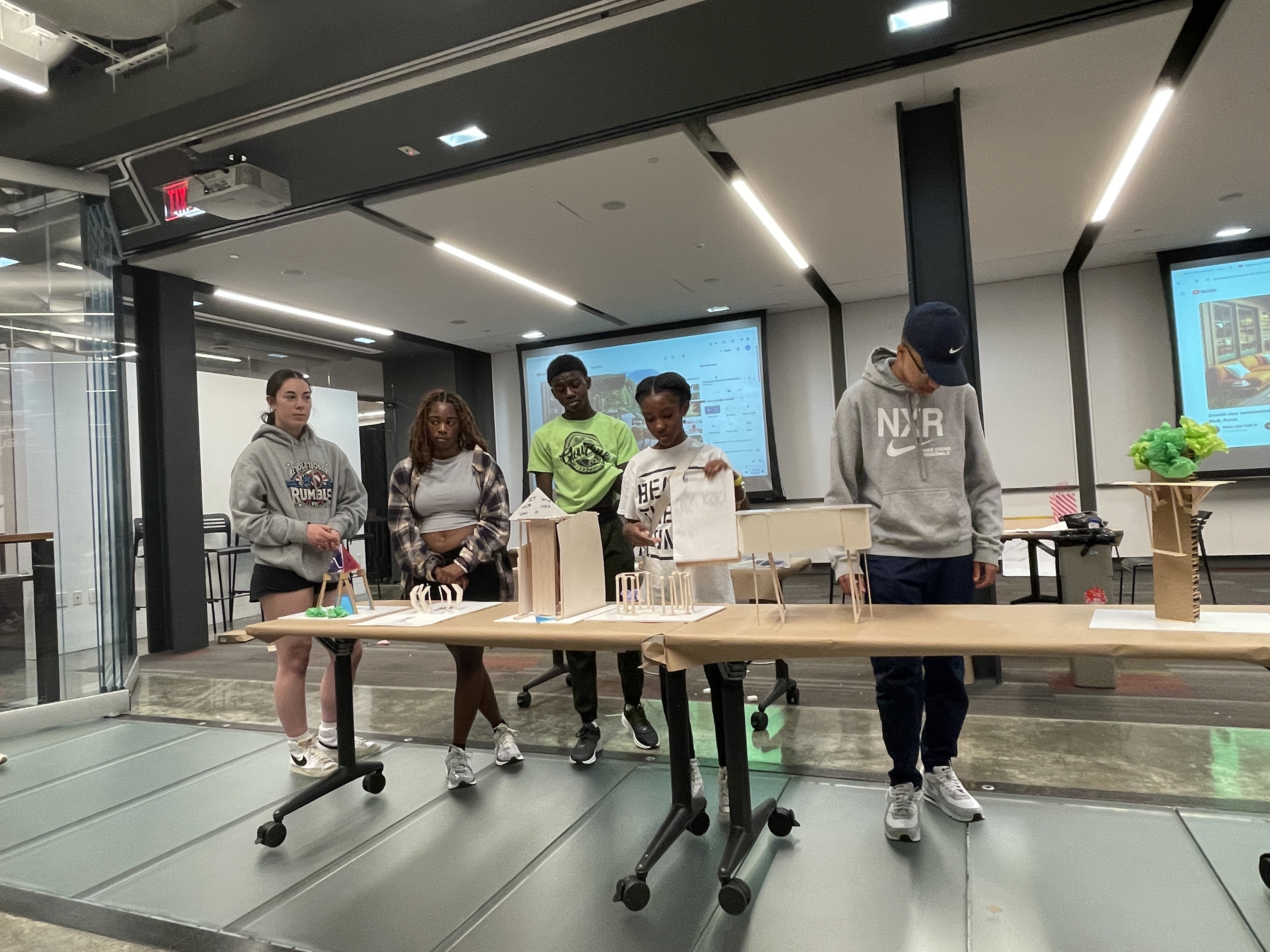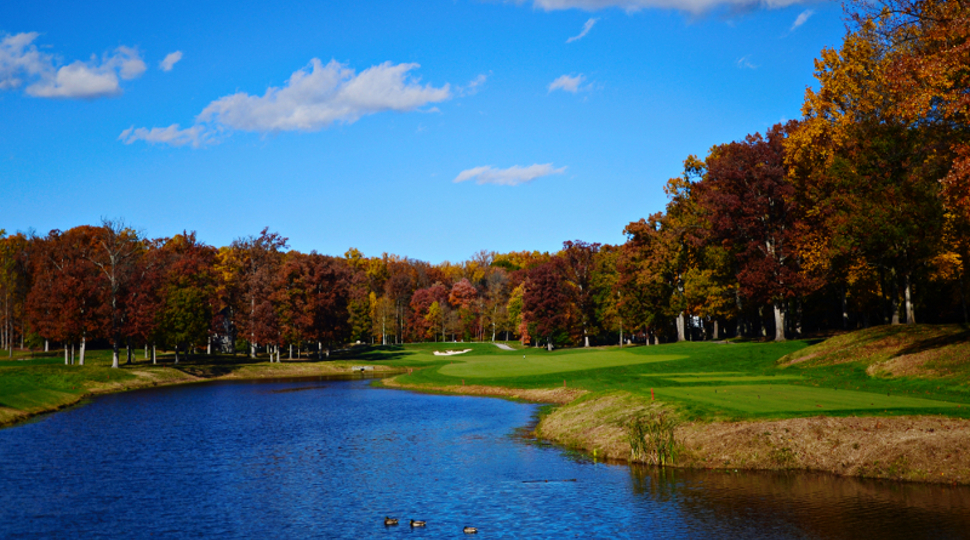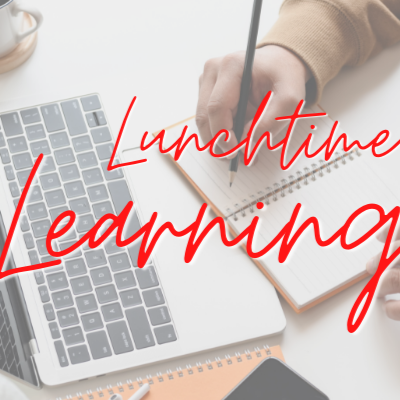Join us for the opening of our latest exhibition, Boliglaboratorium: A Danish Housing Lab.
Boliglaboratorium: A Danish Housing Lab showcases six groundbreaking projects by Danish architecture firms that explore ways in which housing can respond to some of the greatest challenges of our time. Housing across the world today is affected by climate change, resource scarcity, new family patterns, rise of loneliness, and shrinking rural communities. Big cities are struggling to keep up with the influx of newcomers.
On view through December 2025 and in partnership with the Scan Design Foundation, the models presented in this exhibition are real-life housing projects across urban and rural Denmark that experiment with new blueprints to build for modern life. The Housing Lab was first exhibited in Copenhagen in 2023 as part of the UIA World Congress of Architects. A Pacific Northwest tour in the United States was presented by Scan Design Foundation, in partnership with the Danish Embassy in Washington DC, from November 2024 to May 2025. Scan Design Foundation’s mission is to support the cross-cultural exchange between Denmark and the U.S.
We welcome your presence at this opening and invite you to attend. Drinks and light hors d’oeuvres will be served.
We are delighted to welcome Ambassador Stig P. Piras, the Deputy Chief of Mission at the Embassy of Denmark, who will be joining us for the opening of the exhibition.
About the Ambassador

Ambassador Stig P. Piras is the Deputy Chief of Mission at the Embassy of Denmark in the United States.
Ambassador Piras has had an extensive career in both the Foreign Service and at the Ministry of Foreign Affairs in Denmark.
Before arriving in Washington D.C., he was Danish ambassador to the Republic of Iraq from 2020-2022. Ambassador Piras has also been, Deputy Director for Asia and Latin America, Deputy Special Representative for Afghanistan and Pakistan (2017-2020), and Deputy Head of Mission, Counsellor, at the Embassy of Denmark in Ankara, Republic of Turkey (2013-2017).
Ambassador Piras has previously worked at the Embassy of Denmark in Washington D.C., when he held the position as First Secretary for three years (2005-2008)



